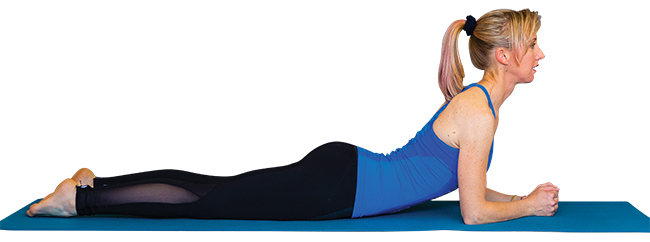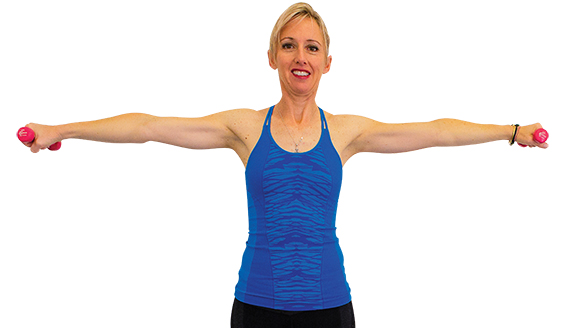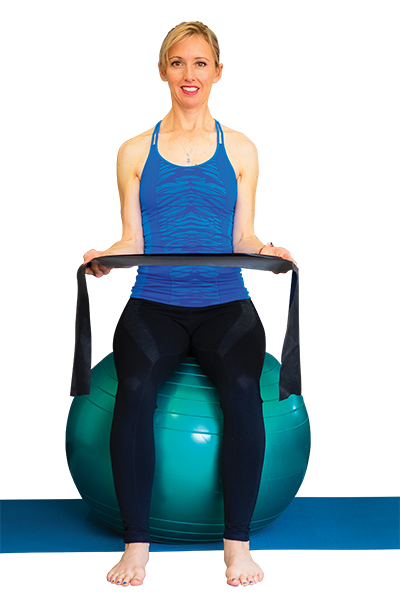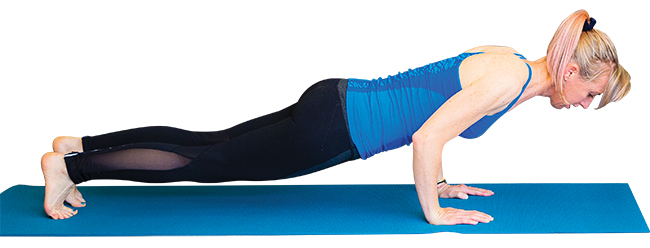with Rebecca Ashton
This month we look at how to achieve a soft, independent hand whilst keeping control of our upper body and not letting the horse “run through” us.
La Gueriniere tells the story, “Pignatelli, convinced by his own experience that the function of the bit is rather to let the horse know what the rider wants than to constrain the horse, said that if the bits had their own miraculous quality to make the mouth of the horse and to make the horse obedient, both rider and horse would be all set after a visit to the track shop.” So, we see that the skill of the rider is very important.
Steinbrecht explains that the hands cannot be isolated and can, “…justifiably be considered a measure of the rider’s total skill.” First we must understand that the rider’s shoulder joints “belong” to the horse. They must remain moveable and elastic as this is where the soft hand is initiated, not just in the wrist or elbow. The shoulder joints are also very shallow and therefore not very strong. Many riders try to keep a steady contact by restricting these joints too much. This will create the incorrect situation of the hands being still relative to the rider rather than relative to the horse.
Often it feels as though if we soften our arms, the horse will pull the reins out of our hands. How can you have a soft hand if the horse keeps pulling as soon as you soften them? The answer comes from not only training the horse to carry himself correctly and in good balance, but for us to have good shoulder girdle stability. Steinbrecht states, “The light and steady hand depends on the light and steady position of the upper body”
La Gueriniere adds that a good hand, “…does not proceed solely from the action of the hand, but principally from the seat of the rider; for when the body is unbalanced and askew, the hand cannot be in its proper position, and the rider concerns himself primarily with keeping his seat.”
The the muscles of the shoulder girdle encircle our upper body like a corset. A wide chest and back with relaxed shoulders will encourage the shoulder blades to be anchored and flush against the rib cage. We are looking for evenness in the body so think that the sternum is bolted into the chest without an exaggerated flaring of the ribs. Podhajsky gives the lines we are looking for, “The shoulders must not be drawn up and should not be dropped forward, making a round back, nor should they be taken back so much that the chest arches in an exaggerated way and makes the rider stiff. A line through the shoulders of the rider should form a right angle to the spine of the horse.”
The muscles we want to make friends with are the lower fibres of the trapezius, the serratus anterior and the rhomboids which help to stabilize the shoulder blades.
Also of interest to riders is the latissimus dorsi; the big, triangular muscle that runs from the back of the upper arm right across the side of the back into the lower vertebrae and sacrum. This is the muscle that is going to help stabilise the upper arm keeping it close to your side and making sure those flapping elbows remain well under control! You can feel it if you wrap one arm around the back of the body and place it below the armpit on the other side then reach down to the ground with the arm that is hanging by your side. This will help you achieve Podhajsky’s requirement, “With the fully trained horse, the upper arm of the rider should never take an active part in the rein aid.”
Here are some exercises that will help you bring awareness to and achieve shoulder girdle stability.
 SHOULDER STABILITY IN PRONE
SHOULDER STABILITY IN PRONE
Find neutral spine, lying on your tummy and resting on your elbows and forearms so that the upper arm is perpendicular to the floor, hands in fists with knuckles together to form a triangle with your forearms. Switch off your outer, global muscles, relaxing your legs. Switch on your core by imagining the low abdominals melting inwards towards your spine and lifting up gently through the pelvic floor. When breathing, imagine filling up your lungs completely, including the sides and back, not just the front. The shoulders remain relaxed and still.
Breathe in and pull yourself up over your forearms and hands, lifting up out of your elbows and shoulders by sliding the shoulder blades down your back in a soft “V”. Elongate the body and float the top of the head up to the ceiling, keeping length through the torso so as not to over arch the back and keeping the pelvis on the ground.
Relax back to start position on an out breath
Variation: As you pull yourself over your arms, gently stretch your neck by tipping your ear to your shoulder, one side then the other. Releasing the neck and the area across the top of the shoulders allows you to focus more on the lower muscles near your shoulder blades rather than the tops of your shoulders and neck.
 ARM FLOATS
ARM FLOATS
This exercise helps disassociate the arms from the shoulder blades.
Find neutral spine, standing with feet parallel and hip joint width apart along with the knees. Switch off your outer muscles, relaxing your arms and neck. Arms hang loosely by your side. Switch on your core by imagining the low abdominals melting inwards towards your spine and lifting up gently through the pelvic floor.
On an in breath, allow the arms to float up to shoulder height keeping the shoulders from creeping higher and maintaining a neutral spine. Feel your chest get broader as you breathe in.
Breathe out and lower arms back to start position, with resistance. Take as much time to take the arms back to the start position as you did to raise them up. Don’t just drop them.
Variation
You can hold small weights. They don’t need to be heavy, just enough to help you connect your upper arm into the lats. It helps to do this in front of a mirror so you can keep an eye on your shoulders and make sure your arms move equally
 DUMB WAITER
DUMB WAITER
This exercise is helpful if you like to hunch when riding. It opens your chest and brings awareness and strength to the back of your body between your shoulder blades. It also brings you more into a riding position. You can do it sitting or standing.
Begin with a body check to confirm you have an aligned spine and, if sitting, equal weight in both seatbones.
Keeping your upper arm perpendicular to the ground and lower arm parallel to the ground, palms up, breathe in and separate your hands by focusing on the muscles between your shoulder blades.
Breathe out to return to the start position. It is very important that the elbow remains gently by your side throughout the whole exercise.
Variation
You can do the same exercise with a theraband or small hand weights.
 TRICEP PUSH UP
TRICEP PUSH UP
This exercise builds on upper body stability and brings evenness to the front and back of the torso when done correctly.
Start in a plank position with your hands directly under your shoulders, core switched on and the neck in alignment with the rest of the spine.
On an in breath, bend your elbows backwards, so the upper arm remains by your side as you roll the shoulders slightly forward and allow your body go as low as possible while still maintaining a neutral spine, supporting abs and a broad back.
Breathe out and press the elbows straight as you return the body to the start position. It is imperative that neutral spine is maintained!
Variation
If this movement is too strong for you, start on your knees rather than your feet. Another option is to place a “magic circle” under your sternum to support you throughout the exercise.



All great suggestions! I love how your explain the ins and outs. It is very hard for a lot of people to get in their body what you are describing. I have found after teaching EQUESTRIAN PILATES® to many people that floor exercises really help later when on the horse. They need this time off the horse to feel how their body is supposed to move without being distracted by the horse.